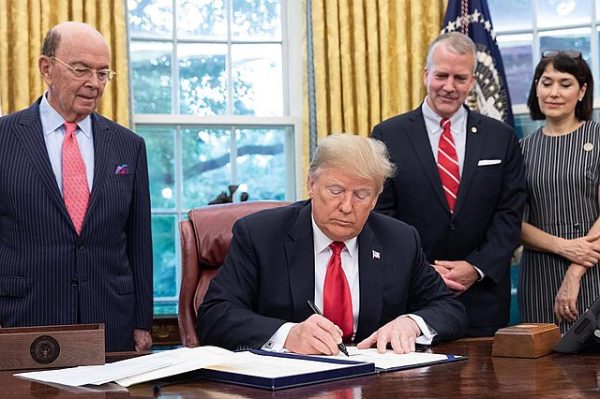Test-optional policy detrimental to students, colleges must reconsider
In April 2020, Cornell University became the first Ivy-League school to become test-optional in a mission to make the admissions process more equitable. However, instead of providing colleges with the solution to this problem, the policy has only created more issues than it has solved.
November 18, 2022
As the Class of 2023 works on college applications and the Class of 2024 prepares to take college-entry exams, including the SAT and ACT, the term “test-optional,” which refers to schools allowing students to submit or not submit standardized test scores, has become a major factor in students’ decisions to apply to certain schools. The test-optional policy causes problems for both admissions officers and students.
The policy was implemented across the country during the pandemic as testing sites shut down and students were unable to take exams in-person. For the 2022-2023 application season, many universities made the decision to remain test-optional, while others decided to return to test-required.
Colleges should use either a test-blind policy (where schools do not accept any scores) or test-required policy (where students must submit test scores), which allows schools to more fairly review each application.
In April 2020, Cornell University became the first Ivy League school to shift to a test-optional policy due to constraints brought about by the pandemic. Their applications rose 30% after the policy was put in place, and many other prestigious schools followed and saw similar results. The increased applicant pool not only makes it more difficult for admissions officers, who are tasked with going through thousands of applications over just a few months, but it also causes problems with universities’ standards. When a test-optional policy is in place, students with test scores that fall on the lower end or below a university’s average might be discouraged to submit their scores, causing all the scores that are submitted to be above or within the university’s average. As a result, median test scores increase, causing certain colleges to look more selective or elite than they actually are.
Another problem with test-optional policies is that schools are not able to accurately predict a student’s academic abilities due to increased grade inflation from high school. Standardized tests work as a baseline to show a fraction of a student’s academic capabilities. An MIT study showed that once MIT re-instituted its test requirement, its ability to accurately predict the success of future MIT students increased; it reduced barriers to college readiness and helped identify students who attended high schools with less challenging coursework, who still were academically inclined.
One major drawback and flaw of standardized tests is the cost. Without a fee waiver, the SAT costs $55 per test, and the ACT costs $60 per test. For many who can afford it, families also pay up to thousands of dollars for prep classes or tutors. Because of this, minority and low-income students are put at a serious disadvantage, making the argument for a test optional policy strong.
Instead of implementing test-optional admissions, schools should either decide to require test scores, or not consider them at all when reviewing applications. Though admissions teams claim they look at every application with a holistic review and do not think any differently about an applicant who did or did not submit test scores, students who do submit test scores will get attention from admissions officers. The nine universities of the University of California system, which has been test-blind since 2021, do not even consider test scores. This makes it so there is no doubt that admissions officers are picking one student over another based on whether or not they submitted scores. The same applies for schools that require test scores.
Overall, because of the challenges posed to admissions officers under a test-optional policy, schools should either become test-blind or test-required. These policies are proven effective and allow students’ applications to be given an equal and fair review.












